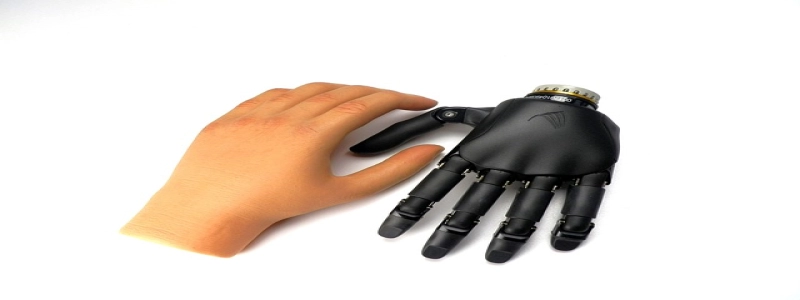Ethernet Port Symbol
Introduction:
An ethernet port is a hardware interface used in computer networking to connect devices to a local area network (LAN). It enables the transfer of data packets between devices, providing a means for communication and internet connectivity.
I. Definition and Function of an Ethernet Port:
– An ethernet port is a physical connector on a device, typically a computer or a router, that allows for the Ethernet protocol to be utilized.
– It functions as an input/output interface, allowing devices to send and receive data over an ethernet network.
– The port is designed to support high-speed data transfer rates and provides a reliable connection between devices.
II. Physical Characteristics:
– The ethernet port is generally rectangular in shape and has a small opening on one side to insert an ethernet cable.
– It is commonly color-coded in either blue or yellow, depending on the version and speed capability.
– The port may have a small LED indicator near it, which illuminates when a connection is established and data transfer is occurring.
III. Types of Ethernet Ports:
1. Ethernet (RJ-45) Port:
– This is the most common type of ethernet port, which utilizes an RJ-45 connector.
– It has eight pins arranged in a specific pattern to ensure proper data transmission.
– Ethernet cables with RJ-45 connectors can be inserted into this port, providing a secure connection.
2. Fiber Optic Port:
– Fiber optic ethernet ports use fiber optic cables to transmit data, rather than copper wires.
– They are known for their high-speed data transmission capabilities over long distances.
– Fiber optic ports often have different connectors, such as SC, LC, or ST, depending on the network equipment being used.
IV. Importance in Networking:
– Ethernet ports are crucial for establishing wired connections in local networks.
– They allow devices such as computers, routers, switches, and printers to connect to the internet and communicate with each other.
– Ethernet ports facilitate the transfer of large amounts of data quickly and reliably, making them essential for activities such as online gaming, video streaming, and file sharing.
V. Future Developments:
– As technology advances, ethernet ports continue to evolve to support higher speeds and improved performance.
– The introduction of faster ethernet standards, such as 10 Gigabit Ethernet (10GbE) and 40 Gigabit Ethernet (40GbE), has led to the development of new port configurations to accommodate these speeds.
– Additionally, advancements in power over ethernet (PoE) technology allow ethernet ports to carry both data and electrical power, simplifying network deployments.
Conclusion:
The ethernet port symbolizes the foundation of wired networking, enabling devices to connect and communicate within a local area network. Its physical characteristics and various types ensure compatibility and efficient data transfer. With continuous advancements, ethernet ports are expected to continue supporting faster speeds and evolving network requirements in the future.








